In Calabria, the Tyrrhenian and Ionian seas unfurl like a peacock’s tail. While it's tempting to get lost in the allure of the sparkling coast resorts, there's so much more to this region than meets the eye. From its rich history and culture to breathtaking natural wonders, Calabria surely has something to tell.
To help you experience the best of this enchanting region like a local, we've compiled some insider tips. So read ahead and soak up the beauty and charm of Calabria. You won't be disappointed!

Calabria like a local
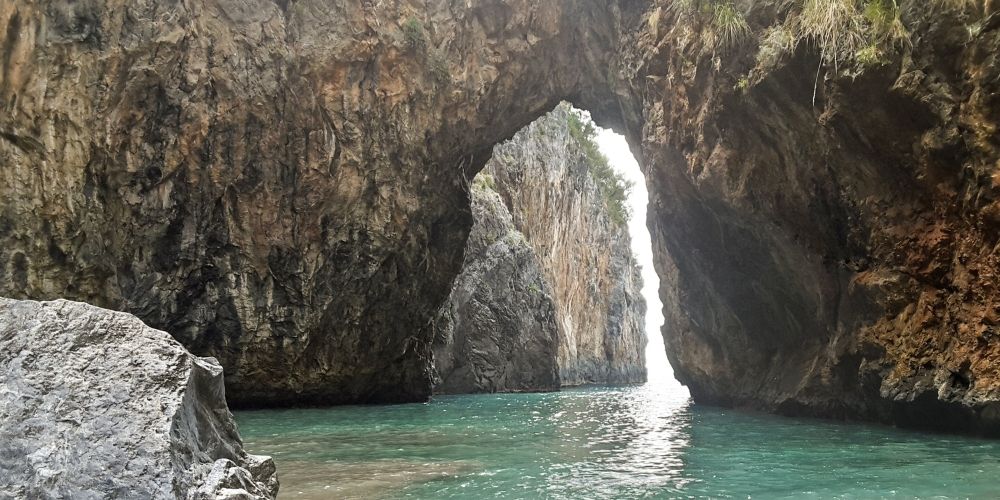
Seaside resorts, inland mountains, secluded villages, forgotten towns. Calabria boasts enchanting landscapes and a rich history that has given rise to a myriad of unfathomable traditions.
To truly experience authentic Calabria, it's best to deviate from the typical tourist routes and explore the lesser-known areas. You'll be amazed by the unexpected sights and passionate stories scattered along the way.
Our journey like a local touches the winter charms of Aspromonte and the salty flavours of certain seaside towns. We'll explore villages that have risen from their ashes and enjoy goosebump panoramas. Are you ready to embark on this adventure? We promise it will be worth it!
10. Calabria like a local: looking out from Tropea's Rico Ripa belvedere

From the beach of La Rotonda, Tropea appears as a monolith of rock and soft, warm-colour houses standing outset like a pearl on the astonishing Costa degli Dei.
The arrival at the sanctuary of Santa Maria dell'Isola repays your effort with the wide panorama framing the village from the church gardens. Looking at it is a way for putting some distance and framing the town before diving in and wandering aimlessly through its streets and highlights: Piazza del Cannone, the colourful majolica staircase, the cathedral, the diocesan museum.
From time to time, you'll come across a more or less ample view of the Tyrrhenian Sea, a terrace on the sanctuary clinging to the rock facing the town, a belvedere where to catch a glimpse of Stromboli on a clear day.
Any tips? In Largo Migliarese there is a tiny balcony jutting out into the blue that is a perfect romantic, hidden viewpoint.
Tropea stands as one of Calabria's most beautiful villages, beckoning visitors to linger and discover its charm.
Can't stop daydreaming about Southern Italy's towns? Try this experience9. Tasting the best liqueur in the world
There's a fascinating tale behind Jefferson, the local amaro that won the title of "best in the world" at the 2018 World Drinks Awards in London.
The brew name was inspired by the captain of a sailing ship that sank off the coast of Calabria in 1871.
Along with two of his fellow crew members, Roger and Gil, Jefferson found refuge between Montalto Uffugo and Torano, in the workshop of a man named Raffaele Trombino.
While there, the trio had the opportunity to witness and participate in the selection of citrus fruits and herbs used in crafting lemon and bergamot liqueurs.
It was in the warehouse's highly secretive profumeria that the "Amaro importante" came to life.
This one-of-a-kind amaro is made with rosemary from Montalto Uffugo, oregano from Palombara, lemons from Rocca Imperiale, oranges and grapefruits from Bisignano, bergamot from Roccella Ionica, and gentian from Sila.
A perfect way to enjoy it is as an after-meal treat served with orange peel and rosemary.
8. In the village recovered by MIT
Vaccarizzo di Montalto Uffugo is a quaint little village nestled between Valle del Crati and the Paolana mountain chain. It has just over 600 residents and no major artistic attractions. However, despite its size, this hamlet has managed to capitalize on its unique strengths in recent years.
With an old spinning mill that has been transformed into a museum, charming and characteristic architecture, delicious cuisine, numerous events throughout the year, and stunning bucolic landscapes, Vaccarizzo di Montalto Uffugo has become a haven of slowness and authenticity.
It's a rare gem where visitors can learn forgotten ancient crafts, watch housewives making homemade pasta, cosy up around a brazier, and sip on wine in a cellar.
The credit for this transformation goes to the passionate locals who have believed in the power of their land and heritage, as well as to the social transformation project spearheaded by the Massachusetts Institute of Technology to repopulate and preserve at-risk areas.
7. Diving into a scuba paradise
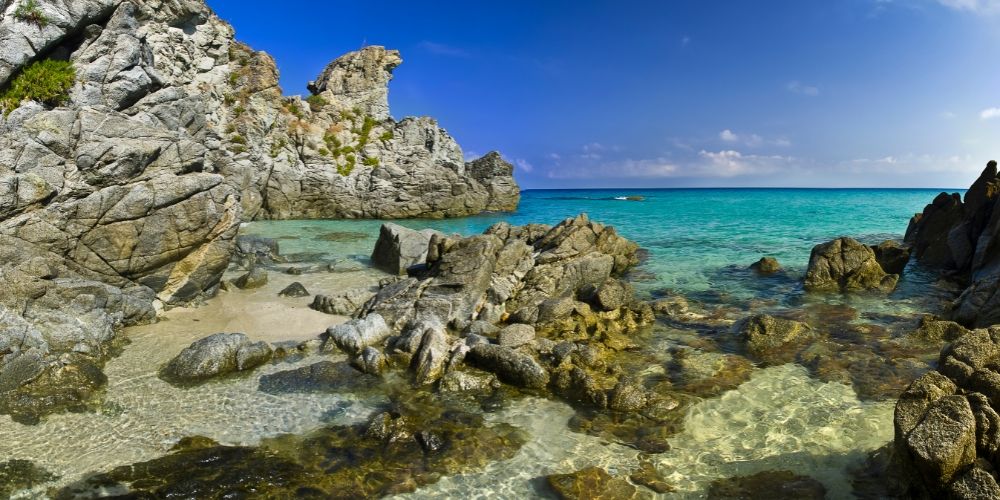
About a fifteen-minute drive from Tropea, you'll stumble upon a wild beach with white sand, sheltered by towering cliffs in a paradisiacal landscape. It's no wonder it's known as Paradiso del Sub (scuba paradise).
To dive into its Caribbean-like sea, you'll have to head to Zambrone, in the province of Vibo Valentia, and walk a short path through the vegetation (watch out for your shoes: better to avoid flip-flops). In just ten minutes, you'll arrive in this enchanting hidden cove where a low row of rocks separates two small beaches, one sandy, the other pebbly.
Spend your day snorkelling and admiring the spectacular seabed or simply soaking up the sun. Just be sure to pack water and snacks as there are no bars nearby.
6. In a little street covered with umbrellas
Nicotera's colourful umbrellas suspended between the buildings make for a picturesque stroll while humming beloved Italian songwriter Rino Gaetano's verses transcribed on the steps. It's a popular attraction in the central Baglio district and one of the town's most curious and attractive spots.
While visiting Nicotera, explore the Marina area, the popular working-class districts with their churches overlooking the sea, the Jewish quarter, lovely covered passages, and stunning belvederes.
Highlights include the Baroque Cathedral and the Ruffo Castle, home to the Archaeological Museum sited in Nicotera Superiore.
If you have more time, consider exploring the surrounding areas, reaching Monte Sant'Elia, or embarking on a mini-cruise to the Aeolian Islands.
5. Skiing by the sea
Calabria may be more associated with seascapes than snow-capped mountains. However, this southern region delivers some great winter sports locations. Its mountains facing the sea boast unique and breathtaking panoramas covered in white.
You can find a fair number of ski facilities and snowboard slopes in the Sila Plateau and Aspromonte. Cotronei is the best well-known and popular destination, offering a vast expanse of soft white "sea" to cross by sledge, ski, snowboard, or even on board a snowcat at night.
At Gambarie, in the Aspromonte National Park, about half an hour away from Reggio Calabria, you ski with a view of the Aeolian Islands at 1800 meters altitude amid slopes and groves that delight free-riders.
In Lorica, you can go bobsledding before gliding down the slopes of Mount Botte Donato, which is suitable for both experts and beginners.
4. Eating a sandwich in Scilla
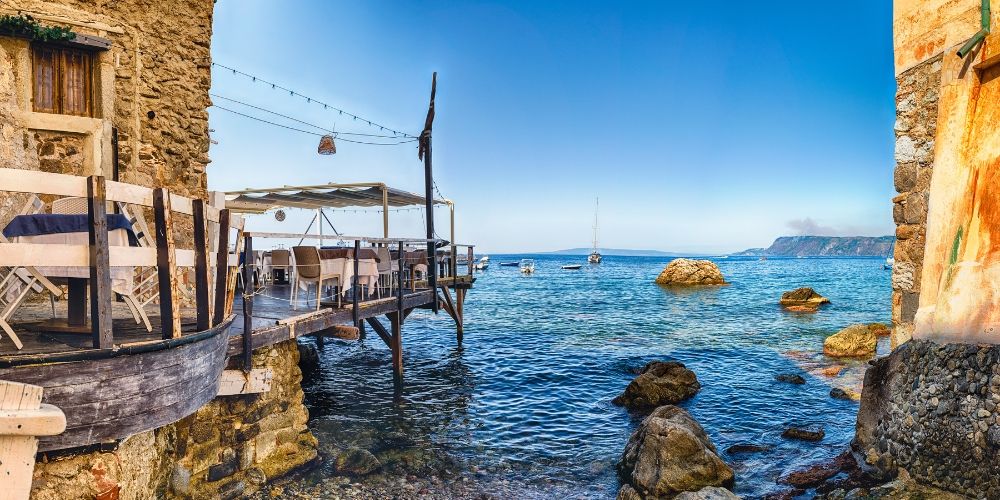
Looking for an unforgettable but casual culinary experience? Head to Scilla and try the local panino al pesce spada.
The small, lovely seaside village is home to a delicious snack famous for its mouth-watering flavour. Even though Calabrian cuisine isn't usually known for seafood dishes, this swordfish sandwich is a tasty exception to the rule.
You can find it everywhere in town, from small kiosks by the sea to restaurants and food trucks.
The fish, marinated and grilled to perfection, is dressed with a base of oil, oregano, lemon, and white wine, known as salmoriglio. It's definitely worth a try in all its variations!
Scilla is an enchanting village with colourful houses sloping harmoniously down to the coast, an austere castle towering from the top of its sheer cliff, a graceful inlay of squares, panoramic overlooks, and narrow streets that wind their way through the rocks.
Sunny beaches, small wooden boats scattered here and there, and fishermen at work add to the charm of this magical place. No sign of the terrible monster that, according to mythology, besieged ships sailing the Strait of Messina.
3. Boarding an old steam train
Boarding the historic train of Sila ranks among the most unique activities to experience in Calabria. It's something that holds immense allure despite its relatively modest local coefficient.
This tourist-oriented journey unveils sensational yet lesser-known locales. Riding aboard vintage carriages dating back to the 1920s, propelled by an authentic 1926 locomotive, passengers embark on an adventure sure to captivate even the youngest travellers.
Throughout the trip, various events enliven the passage at over 1400 meters above sea level: brigand assaults staged by costumed performers, live music, and tastings of local delicacies.
This route traverses the Sila National Park from Camigliatello Silano to San Nicola-Silvana Mansio, Europe's highest narrow-gauge railway station.
2. Trying a local cake

Imposing stone buildings, curious suspended arches (remnants of the ancient city gates), and narrow alleys leading to charming, intimate squares set the tone for San Giovanni in Fiore and its characteristic medieval core.
Nestled amidst the mountains in the province of Cosenza, this town is the birthplace of one of Calabria's most famous and widespread desserts: pitta 'mpigliata.
Originally baked for significant events like weddings, it gradually became a tradition during Christmas and Easter celebrations. Today, it's readily available year-round in Calabrian bakeries and pastry shops.
Which pitta is the tastiest of them all? A new contest selects the best preparations for this rose-shaped dessert, made with spices, honey, and dried fruits.
The initiative, alongside the efforts of the Accademia della Pitta 'mpigliata (an organization uniting citizens, associations, and institutions), aims to showcase and celebrate the value of this sweet delight, a source of local pride.
Obsessed with Italian cuisine? Try this experience1. Attending a beloved fair
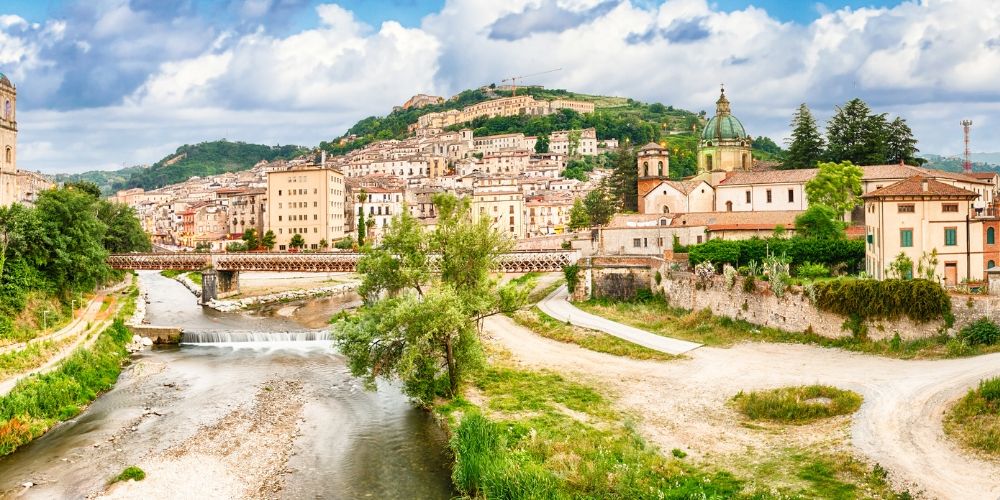
Sacred and secular traditions converge in this ancient celebration deeply ingrained in Cosenza's history. It's an event cherished by the community, upheld with affection and pride for over eight centuries.
Established by Frederick II of Swabia in 1234, the San Giuseppe Fair traditionally takes place on March 19th. The streets are filled with street vendors, delectable street food, lively music, folk events, and entertainment, infusing the entire community with joy and fun.
Originally intended to promote trade and cultural exchange, la Fiera has evolved over the centuries while still enduring the passage of time and adapting to local culture and customs.
Initially, this grand commercial spectacle occurred between September and October. It was moved to coincide with the spring equinox only after a disastrous flood in the 16th century.
Experience the fair first person while enjoying some delicious zeppola, tasting Soriano Calabro's mostaccioli, and browsing the stands showcasing local crafts and worldly curiosities.
About the author
Written on 16/02/2024

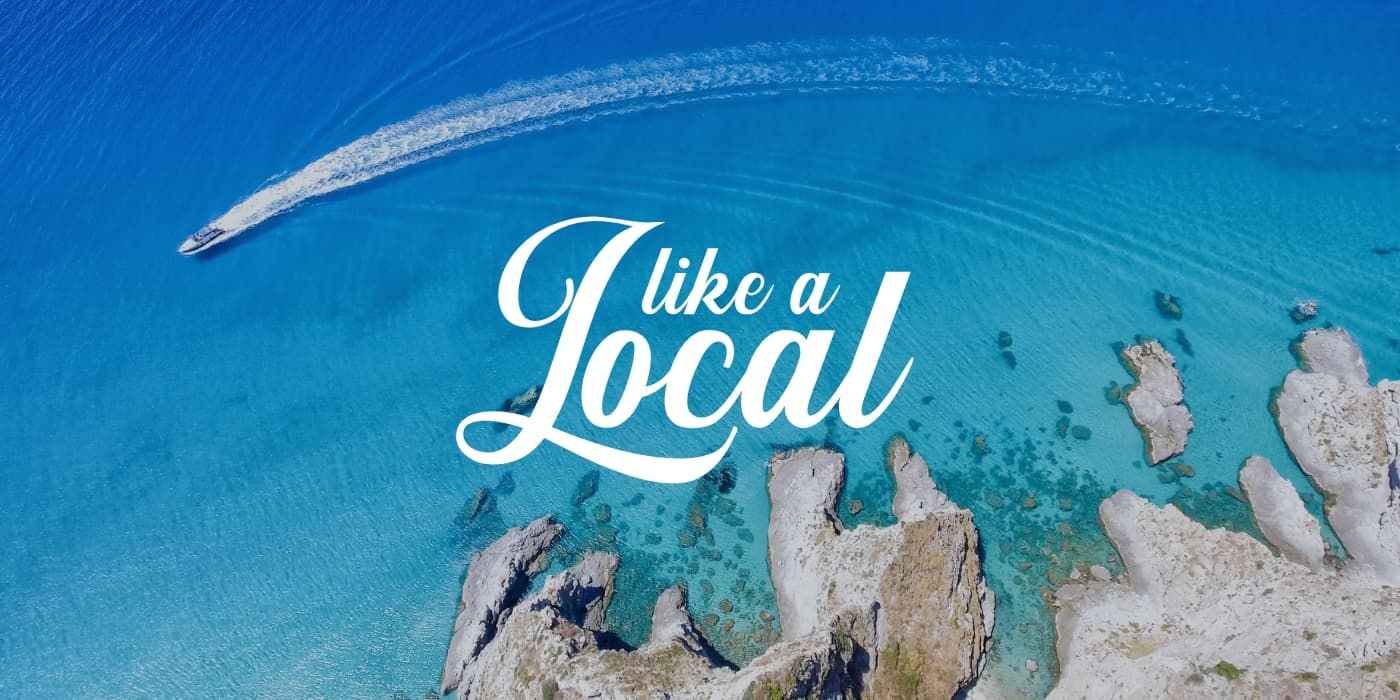

Lorena Calise
Check out our tips and visit Calabria like a local. A perfect journey through paradise beaches, white mountains, cuisine and culture.